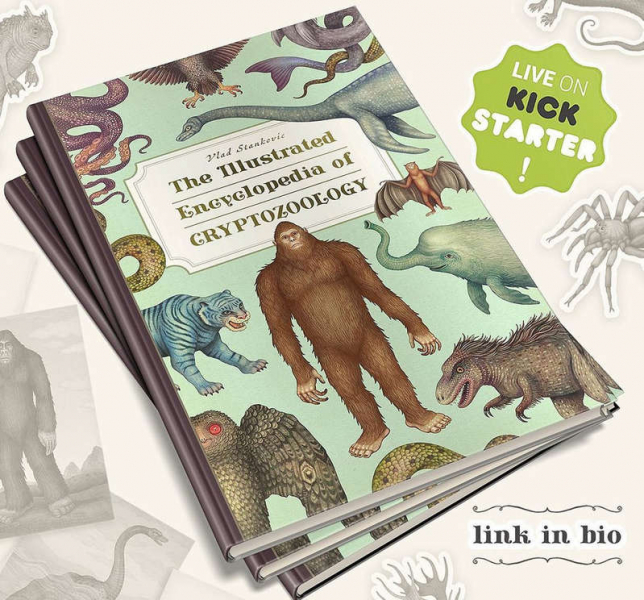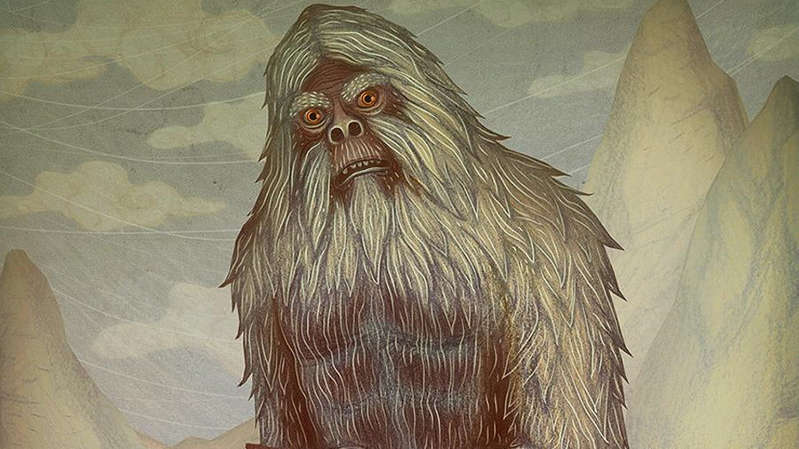
Illustrator Vlad Stankovich lives in Sydney. He draws a lot of animals, but he is especially fond of the cryptozoological theme. Cryptozoology is a field of biology that deals with non-existent (according to most scientists) animals, cryptids. These include the media-promoted Bigfoot or Yeti, and lesser-known folklore characters such as Trunko or the Moth Man.
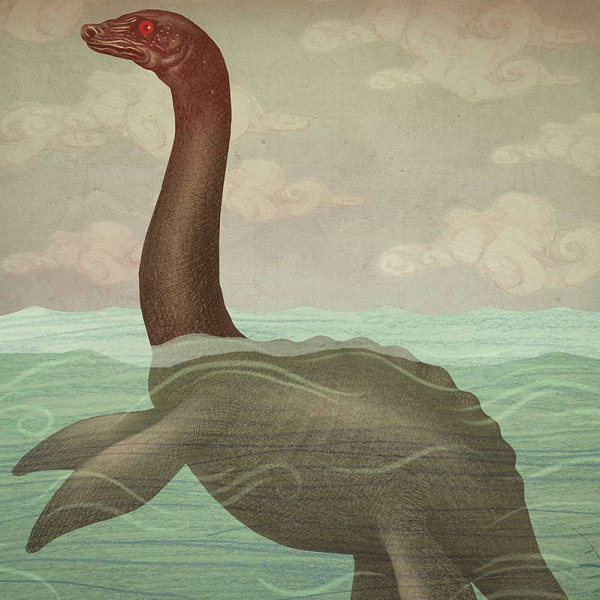
Nessie is a monster of Loch Ness, which, allegedly, has been observed by eyewitnesses for several centuries. There are videos and photographs of Nessie, as well as sonar images, which show that there is still something in the lake. Well, what is this something – a relict plesiosaur, a huge eel or just a large log, we cannot say.
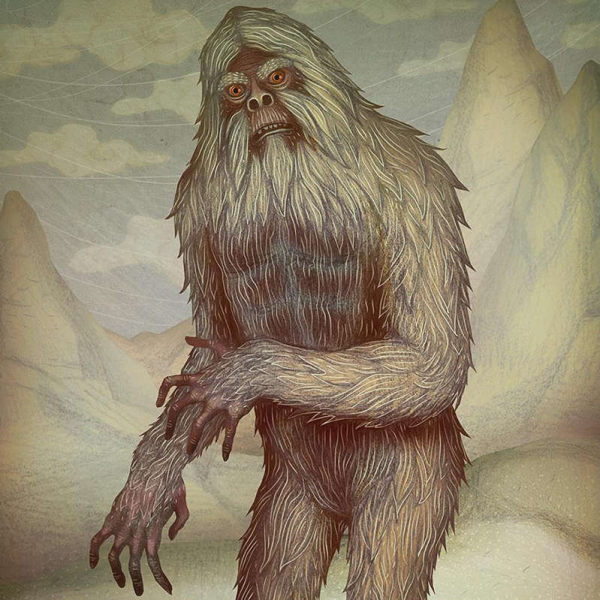
Yeti, he is sasquatch, he is bigfoot, he is a relic hominid. Described as a humanoid hairy creature up to 3.5 meters tall. Many peoples of the world have stories about forest or mountain wild people: skeptics believe that eyewitnesses usually misinterpret the observations of famous animals, such as bears.
The idea that prehistoric monsters are still preserved in some remote corners of the planet became popular in the first half of the twentieth century. Largely thanks to the researcher Ivan Sanderson, who meticulously collected rumors and legends about such creatures. For example, he believed that real pterodactyls lived in the African jungle (and even described how a creature that looked like a flying lizard attacked it), as well as huge reptiles that looked like brontosaurs. The fact that sometimes cryptids were still found added fuel to the fire: for example, in 1938, coelacanth was caught off the coast of South Africa – an ancient fish that was believed to have become extinct 60-70 million years ago.
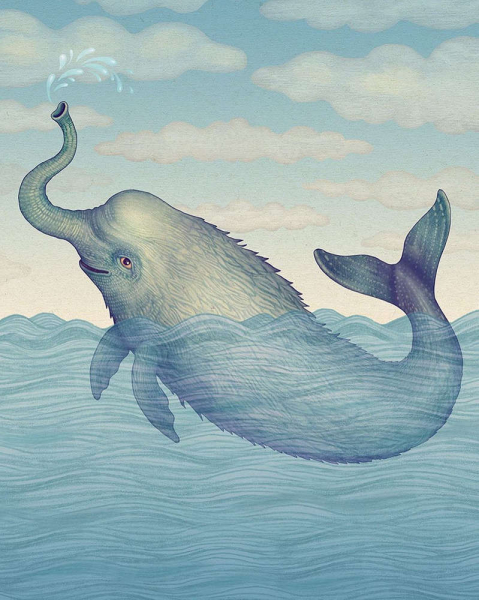
Trunko is a creature that allegedly fought two killer whales off the coast of South Africa in 1924. According to eyewitnesses, Trunko had a long trunk and white hair. Skeptics argue that observers saw just a half-decomposed carcass of a whale or shark.
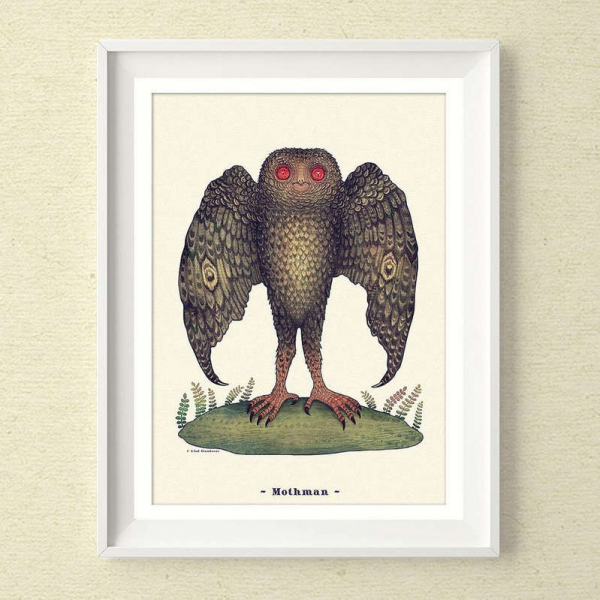
Moth Man: A creature allegedly seen in West Virginia in the 1960s. Eyewitnesses described him as a three-meter monster with wings and glowing red eyes. Skeptics argue that the moth-man is either a large owl, or even an invention.
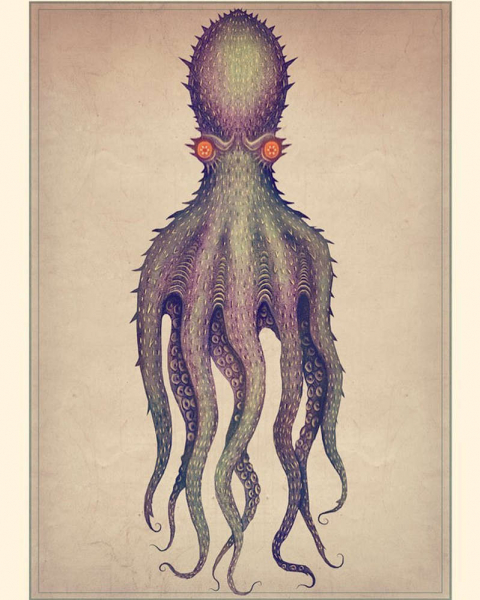
It is believed that large squids can reach 8 meters, at least there are individuals of this size caught. Cryptozoologists suggest that monstrous krakens 20, 30 and more meters long may be hiding in the ocean depths.
In the second half of the twentieth century, modern technology was attracted to the search for cryptids: sonars, unmanned aerial vehicles, and so on. Official scientific expeditions were equipped to search for a yeti or a monster from the Yakut lake Labynkyr: alas, they did not give special results. Nevertheless, there are still a lot of people who believe in sea kites and snowmen, and it can be difficult to scientifically explain some encounters with unusual creatures.
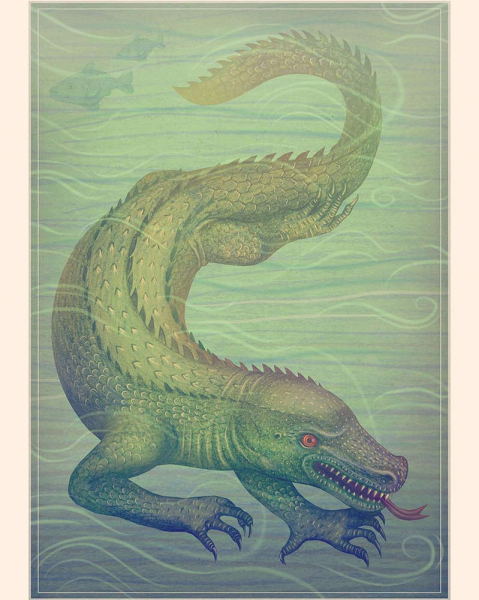
The little-known cryptid Buru is native to India. The borax was described as a creature similar to a monitor lizard 3-4 meters long, but living in the muddy sediments of the coastal strip.
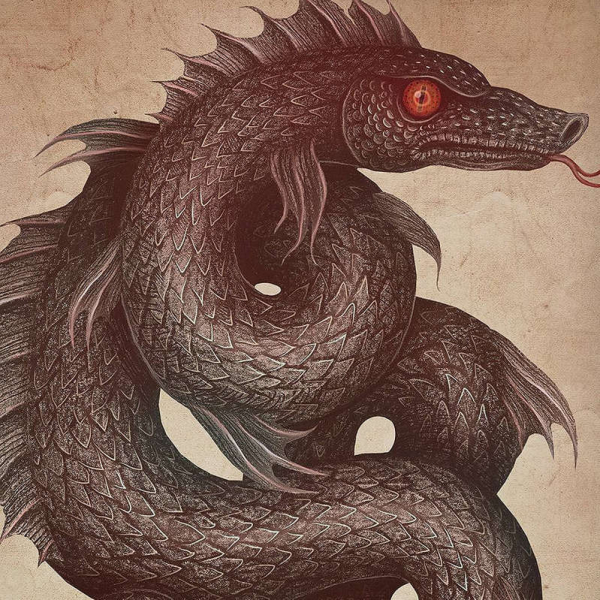
Sea serpent is a common name for a wide variety of large marine animals that have been observed repeatedly for at least hundreds of years. Scientists believe that large whales or sharks are most often mistaken for sea kites, as well as large squids, herring kings and other fish. Cryptozoologists, on the other hand, are often ready to see evidence in the legends of the sea serpent that huge marine reptiles like the plesiosaurs and ichthyosaurs did not become extinct after all.
Vlad Stankovic eventually decided to publish a real, paper book with his own idea of cryptids. He announced a kickstarter crowdfunding campaign and has even raised the money he needs!
